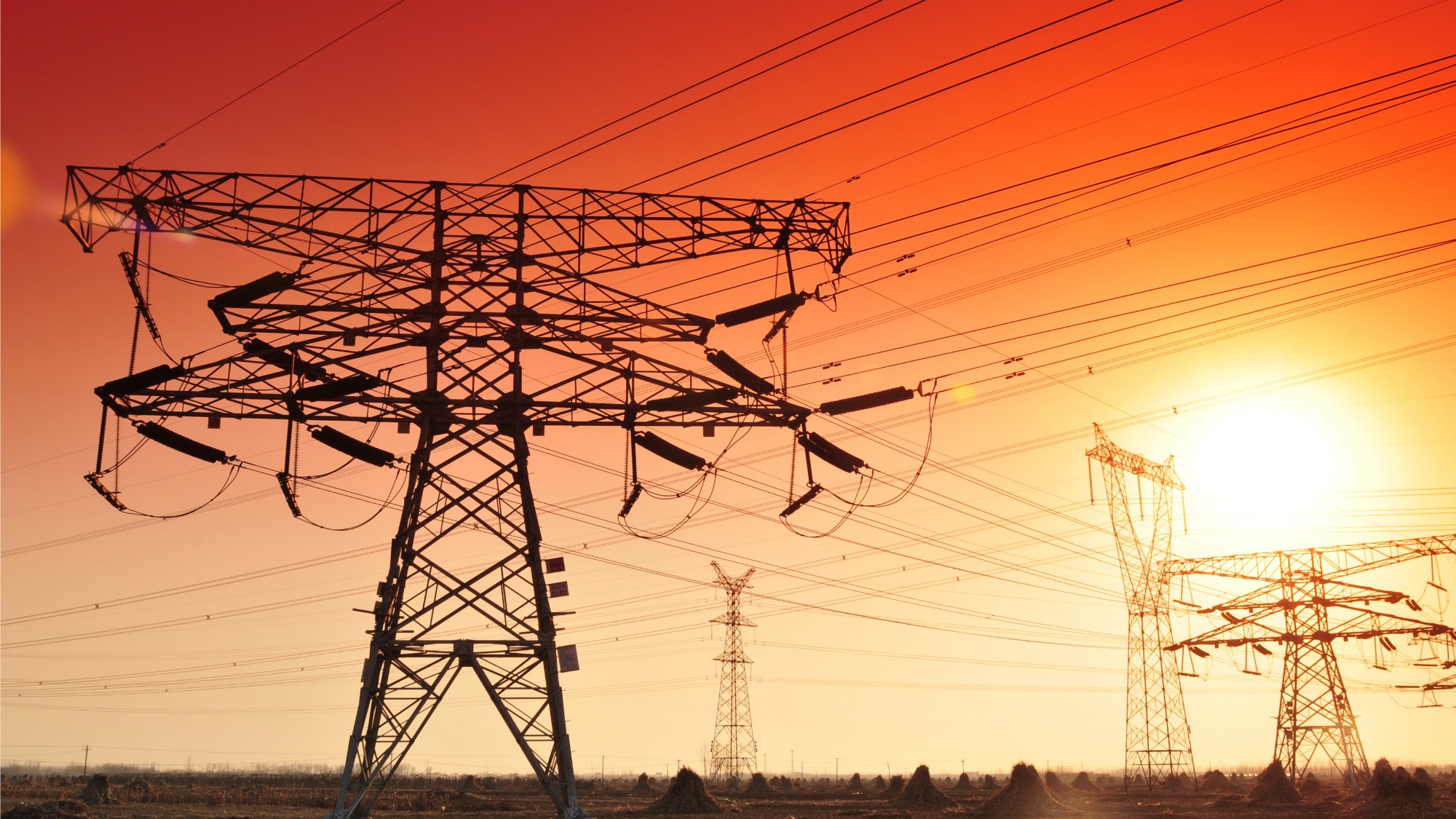Crippling America’s old-fashioned electrical grid for a long period of time would be disturbingly easy. Saboteurs need only wait for a heat wave, and then knock out a factory plus a small number of the 55,000 electric-transmission substations that are scattered throughout the country.
That’s according to the findings of a Federal Energy Regulatory Commission analysis. “Destroy nine interconnection substations and a transformer manufacturer and the entire United States grid would be down for at least 18 months, probably longer,” wrote FERC officials in a memo for a former chair of the agency.
FERC’s alarming findings about the grid’s vulnerability were reported this week by The Wall Street Journal:
A small number of the country’s substations play an outsize role in keeping power flowing across large regions. The FERC analysis indicates that knocking out nine of those key substations could plunge the country into darkness for weeks, if not months.
“This would be an event of unprecedented proportions,” said Ross Baldick, a professor of electrical engineering at the University of Texas at Austin.
No federal rules require utilities to protect vital substations except those at nuclear power plants.
The thought of a terrorist attack on a substation is not merely hypothetical:
In last April’s attack at PG&E Corp.’s Metcalf substation, gunmen shot 17 large transformers over 19 minutes before fleeing in advance of police. The state grid operator was able to avoid any blackouts.
The Metcalf substation sits near a freeway outside San Jose, Calif. Some experts worry that substations farther from cities could face longer attacks because of their distance from police. Many sites aren’t staffed and are protected by little more than chain-link fences and cameras.
FERC complained that the Journal was “highly irresponsible” to publish the story. But all the newspaper did was expound upon public warnings issued by the agency’s former chair around the time of last year’s attack.
And if the agency had chosen to cooperate with the Journal's reporter, it could have told her about the former chair’s formula for protecting America from an epic blackout: install lots of solar panels, all over the place. “A more distributed system is much more resilient,” then-FERC chair Jon Wellinghoff said during an energy summit last April.



